
One of the best decisions I’ve ever made in life was starting a regular running practice. I was pretty skinny growing up and always stayed away from cardio, worried that I’d lose too much weight and seem small. I would never do more than a few minutes on the treadmill, usually before I hit some other sort of training. Thanks to those routines, I became and stayed strong but was really lacking when it came to my cardiovascular and aerobic capacity. So even though I looked fit, and was in some ways, whenever a friend asked me out for a run I would gas out after a short while.
In those moments I felt weak, and it was that feeling that spurred me to try running regularly. It only took a few sunset runs for me to realize what I had been missing out on for too long. I finally understood what everyone was talking about when they say “the runner’s high.”
Since those early runs years ago, I escalated the pursuit to 5Ks, half marathons, trail runs, and marathons. But like everyone else, I had to start somewhere. I leaned on my friends and running experts I met along the way for advice. One thing that I learned very quickly is the running community is one of the happiest and friendliest communities out there, ready to lift each other up and help one another when it’s time to heal. Take this as an invitation to join us.
Here are a few steps that will get your new practice started on the right track.
1. SET YOUR GOALS
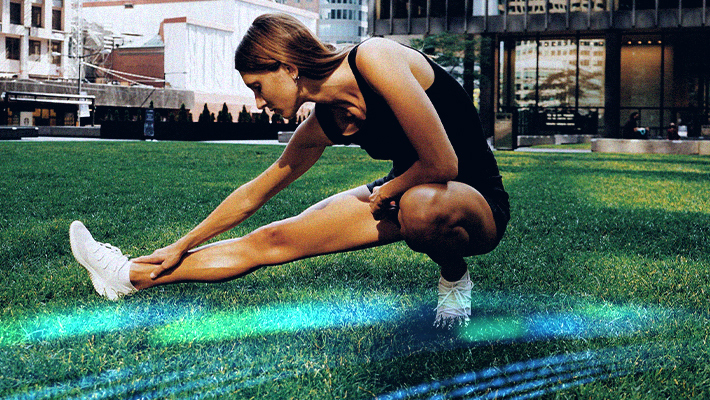
There are a lot of different reasons that people begin running: fitness, mindfulness, competition, or as a social activity. The goals you have for your running practice will inform a lot of your choices down the road, from gear to training plans. They will also be a major factor in helping you keep going during those difficult first outings.
Doing a marathon can sound exciting, but that doesn’t mean that you can’t start with more obtainable goals at the beginning, like losing a few pounds or being able to jog a few miles with your dog.
2. GET YOUR GEAR
Shoes
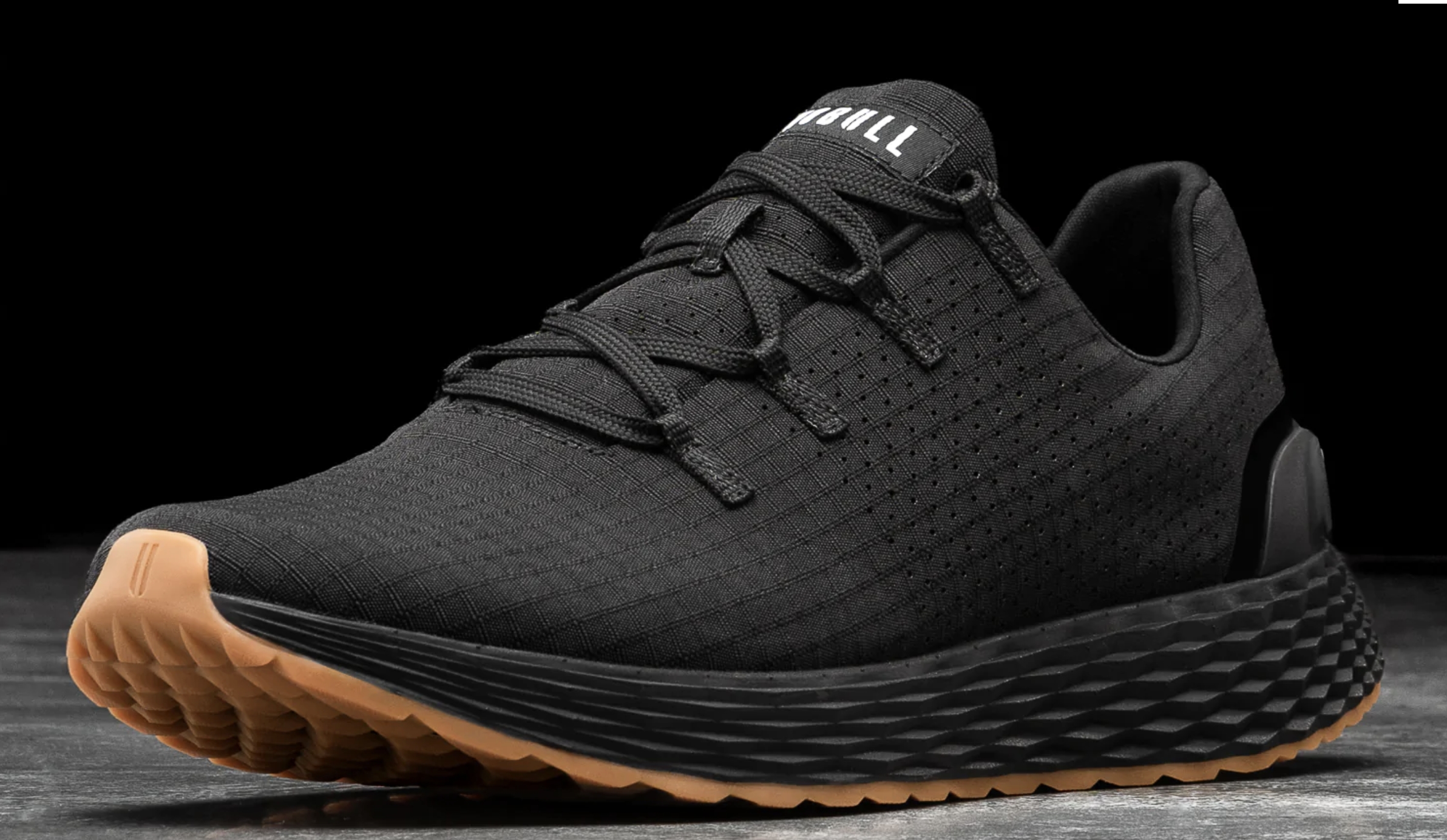
One of the most appealing things about being “a runner” is all you really need is a pair of running shoes, and most people have them already. “I would say most of the time you can get started slowly with whatever active shoes you have in the house,” says David Kilgore, a long-distance runner who has completed several marathons. “That being said, having a really, great pair of running shoes will make the process easier.”
Kilgore advises against online shopping, which many of us are prone to do. “Go to your local sports or running shop so that you can try pairs on to make sure they are the best fit,” he says.
Dr. Scott Melamed, D.P.M. specialist and owner of Progressive Foot Care in NYC, also believes that having a good fit can prevent injury. “Blisters are a major problem for first-time runners as they begin going longer distances,” he says. “Make sure to walk around, even run in them, before buying because stability is also very important. The last thing you want is to purchase some shoe with an irregular sole that will cause you to trip.”
Uproxx Pick: No Bull Black Gum Ripstop Runner ($139)
Socks
Everyone has socks, but not all socks are created equal when it comes to supporting activity. Dr. Melamed recommends a pair that specifically promises to wick away moisture as feet can sweat, making you uncomfortable and even leading to issues down the road.
“Like your shoes, fit is important, make sure you don’t have any extra fabric bunching up in your shoes,” he says. “If you find a pair you like just purchase a bunch because you should be changing them fairly often.”
Uproxx Pick: CEP No Show Running Shocks Pro 4.0 ($17)
Clothing
Since there should be nothing that you are coming into contact with, or additional support needed, this really comes down to personal preference. For shorts, a shorter seem is nice to free up the knees for movement. During the winter, having moisture-wicking clothes that will keep you warm throughout is clutch.
Uproxx Pick: No need to get fancy here. Do you. Follow your clothed bliss.
Fitness Tracker
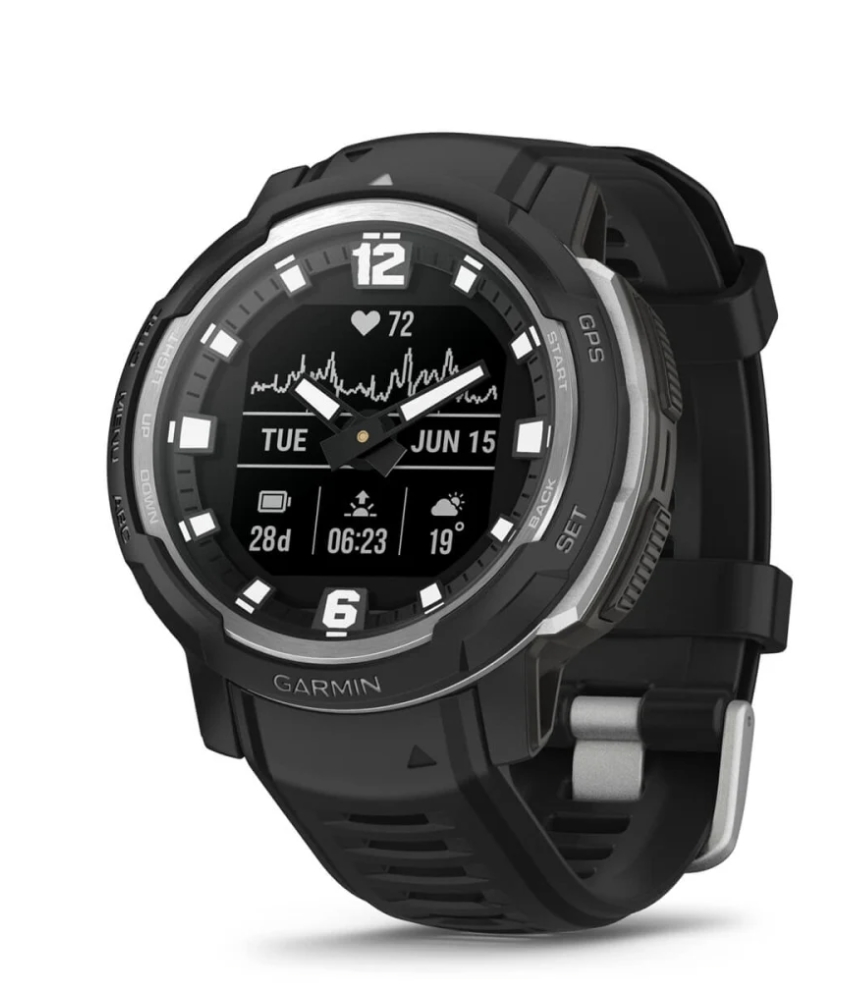
There are a lot of runners who get along fine without tracking their route or monitoring their heart rate, but to others this is critical information. For those who are looking to gamify their training or curious about their cardiovascular performance there are great options on the market. Many of these trackers can connect to popular run apps like Strava where people share their routes to the community. Or, if you want to go for a low-tech option, consider getting a stopwatch to monitor your progress.
Uproxx Pick: Instinct Crossover ($499)
3. FIND THE TIME
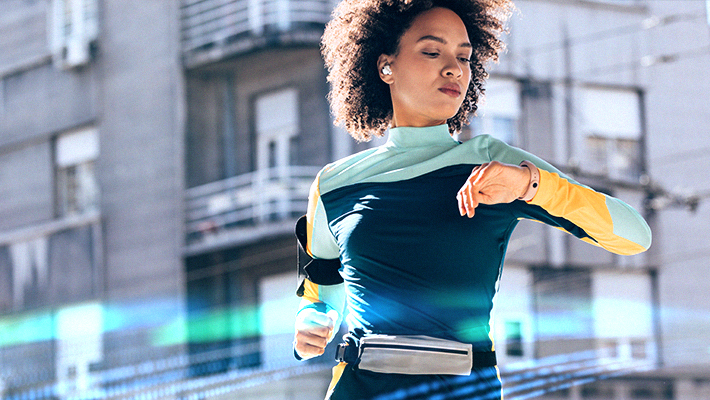
One of the most difficult parts of adding any new activity to your routine is finding the time to do it. On the (good) chance that you fall in love with running, it’s going to need a dedicated spot in your calendar. For some new runners that will mean waking up an hour earlier than they usually would, or perhaps watching one less episode of their favorite series.
Believe me though, the benefits greatly outweigh any sacrifices. Whatever your choice, make sure it’s one that you can live with, keeping to a regular run time is the best way to stay consistent. One solid way to help with scheduling is to base your runs on duration rather than distance, saying you want to run for 30 minutes rather than five miles. That way you are beholden to a mileage goal that will mess up your calendar.
4. FIND YOUR FORM
There are a lot of great videos and resources online on proper form. It’s good to remember that finding your own way to run comfortably without putting unnecessary stress on your body can take time.
Basic principles to remember from the ground up:
- Feet should fully leave the ground.
- Feet should stay below the knees.
- Feet should land on the forefoot, not the heel.
- Knees should come up comfortably but never above the waist.
- Knees should stay straight, and never rotate in.
- Glutes should be engaged.
- Hips should be forward.
- Shoulders should be relaxed and back.
- Head should look forward.
5. PICK YOUR ROUTE
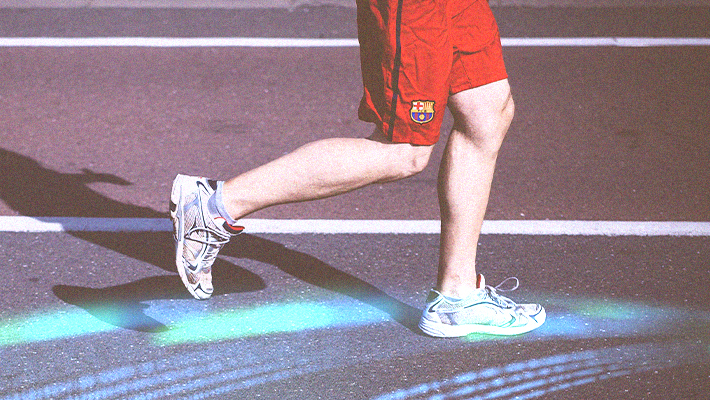
I personally don’t believe that this element is talked about enough in run training. Instead of deciding to run five miles, and just stepping out the door to head in any direction, try finding a place to go that will bring you joy. Living in New York City, with the streets intensely crowded, I found a back alley route to the East River and through East River Park, where I would do a few laps on the local track.
There were days that I found myself looking forward to seeing the trees and hearing the waves more than hitting the pavement. So in essence it was those motivators that helped me put on the running shoes. I also know others who enjoy the consistency of doing whole runs on the track while listening to music or watching their favorite show while on the treadmill. Find what works for you, personally.
Running is also a great way to see a new place, and because all it requires is shoes it’s a sport you can travel with. “One of the first things I do when I get into a city is put on my shoes and run,” says Kilgore. “It’s a great way to explore, see new sights, find restaurants you might want to try, all without paying for an Uber.”
6. FIND YOUR PACE
For first-time runners, the first urge when walking out the door may to be, well, run. That may not be the best start, especially if you haven’t been very active leading up to that moment. Remember there is no shame in walking when you need to, and alternating between running and walking is a well-known technique for people looking to improve their cardiovascular endurance.
“Slow is the best way to start,” says Dr. Melamed. “Pushing yourself too hard at the beginning can lead to burnout or even worse, put you at risk for injury. Before you try to do five miles, first make sure you can do one comfortably.”
Finding your pace also means finding a speed that is comfortable for you. One of the best tips is to focus on your breathing as you get started, and use that to make sure you are getting enough air into your lungs with a normal pattern. I usually like to listen to music when I run, but often I will go without sounds for the first few minutes so I can hear my breath and my feet on the ground. On occasion, I will go without earbuds and use the time to do a loose form of meditation as I run.
As long as you are paying attention to your surroundings, there is no wrong way.
7. FIND YOUR TRIBE
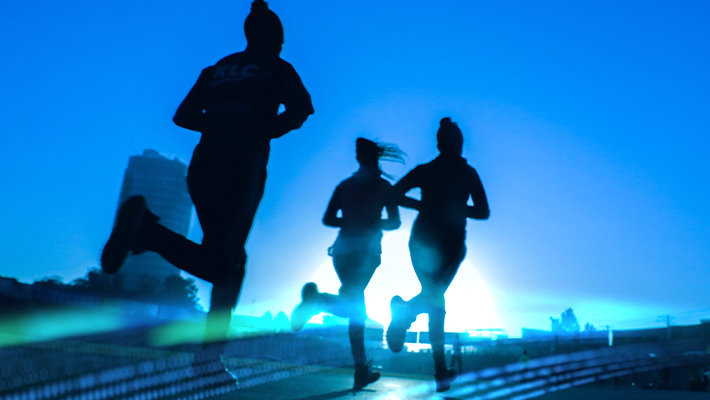
Running is enjoyable alone, but running with a friend or two can be a real vibe. Try hitting the pavement, track, or trail with a buddy to talk about life and see how quickly the time flies by. For me inviting friends to the track to catch up and hang out over protein bars has replaced other unhealthy late-night hangs. And my sleep schedule has thanked me for it.
Having a community is also a great way to stay on track with your goals whatever they might be. It helps to have people to listen when you are struggling and keep you accountable when you need a little kick in the right direction. That community can be found through acquaintances you already have, your local run club, or online groups like All Day Running.
8. GET YOUR RECOVERY & REST
The importance of recovery can never be stressed enough. Once you get rolling on your new running routine it can be very easy to keep adding on the miles as you see progress. But if you push yourself too hard, you might find that those runs you love are doing more harm than good. That is remedied simply by taking steps to make sure that your body is being allowed to heal itself and come back stronger.
Dr. Melamed recommends doing regular foot checks between runs. “Look out for any changes or irritations that might be getting worse,” he says. “Unless you are doing a marathon, there is no reason to struggle through injuries. That’s just going to keep you out of the game longer.”
Sleep is crucial when it comes to how your body recovers. Studies have shown the beneficial relationship that training can have on how we sleep. So don’t be surprised if your head starts a little heavier than normal when bedtime comes around, and dreams of marathons start to run around in your head.
